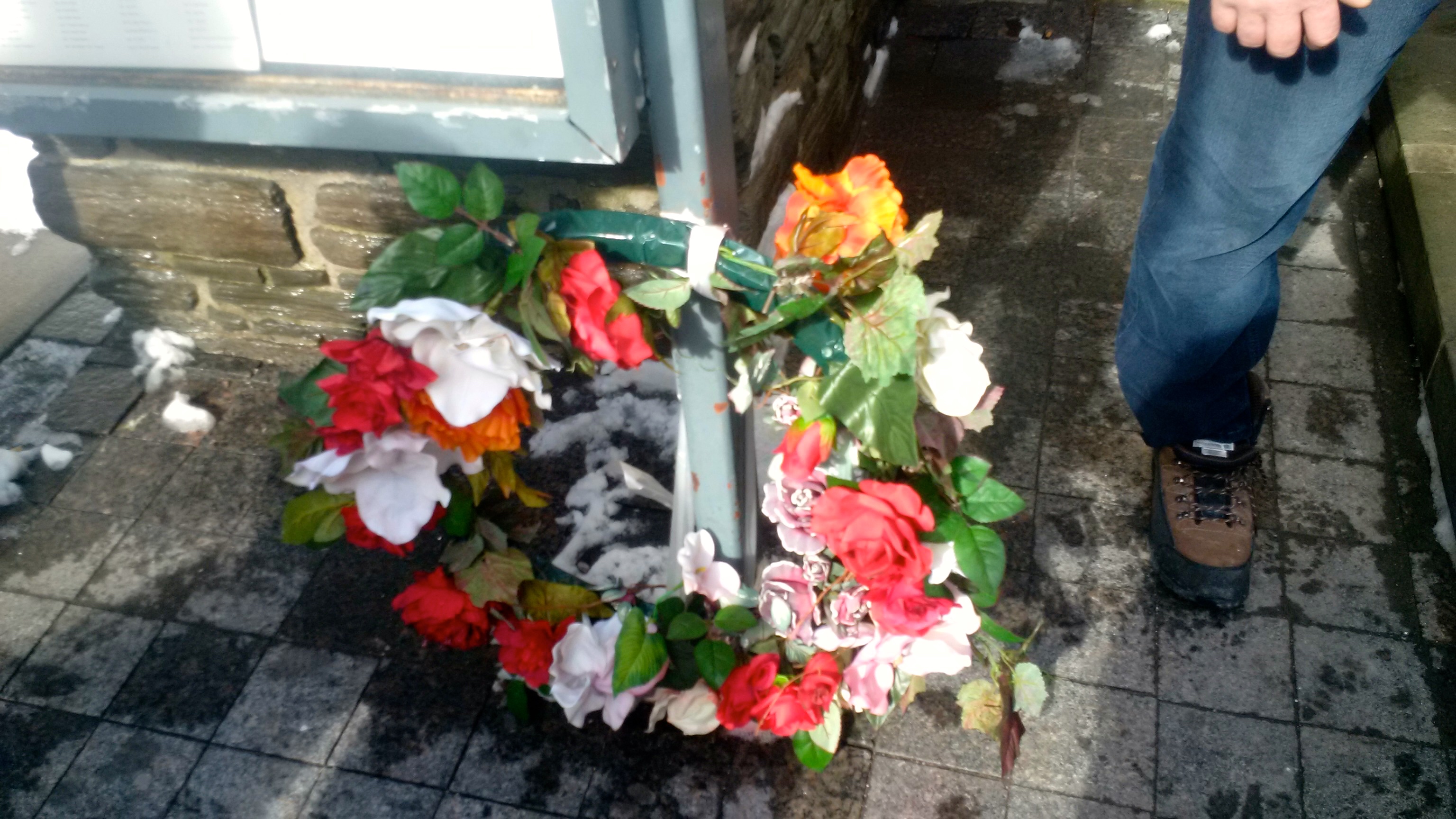It’s not the first time winter has been both harmful and deadly for people who are homeless.
But if there’s one thing I’ve learned over 30 years as a street nurse, the dangers are not just about the winter. Homeless people suffer year long and die every month in outrageously high numbers and circumstances. In Toronto, the average age of death for a homeless woman is 39 and for a man, it is 46.
In my experience it is rare that a homeless person dies of old age. In fact, I can recall only one, but he still died homeless which is morally wrong. Instead, they are the victims of violence, trauma and health conditions caused or aggravated by lengthy homelessness, unhealthy shelter conditions and poverty. No one should die from fire in a makeshift squat, or freeze to death in a bus shelter, or literally die on a mat in a church basement, or die in an alley from an overdose, or in hospital from the tuberculosis they contracted in a shelter.
Apart from the obvious lack of affordable housing, there are simply not enough shelters and that situation is perhaps the most volatile and toxic in Toronto. The shelters are full and are forced to turn people away. The 30-year-old volunteer Out of the Cold program is full and this year also reports turning people away. The two 24 hour overnight drop-in warming centres are also full and have to turn people away. A third warming centre that operates with limited hours and access has barely made a dent in the enormous need for shelter.
While worse this year, the shelter crisis is not a new problem. Jack Layton, as a vibrant Toronto city councillor, had the audacity to show the disastrous conditions to his council mates. He arranged to show secret film footage, that activists had shot, on the council chamber’s full-size screen to speechless city councillors and the mayor.
The footage clearly showed conditions that violated human rights that would not meet the United Nations standards for refugee camps. Council voted almost unanimously that this was unacceptable and directed the Shelter Division to cap shelters at a 90 per cent capacity. That was 2003. That goal has never been met across the system, not once. In 2013, in response to evidence by front-line workers and activists, city council reaffirmed the 90 per cent motion. It’s still never been met across the system and it’s 2017.
This winter, I assumed it would be apparent to the mayor and city councillors that it was finally time for the city to initiate emergency shelter measures, which were only a phone call away.
In a letter and petition signed by over 2,500 people, my co-signers and I asked Mayor Tory to make a phone call to Ottawa to Harjit Sajjan, the Minister of National Defense. The purpose: to request the emergency use of the federal armouries in Toronto for use as an emergency shelter.
The response from the mayor’s office and shelter division included vague statements that the armouries were “not appropriate” or had “inadequate washroom facilities” and “lack of privacy,” as if living on sidewalks, parks, ravines, under overpasses meet any human living standards.
One can almost see this ridiculous logic as a Rick Mercer skit where he walks by a cavernous armoury and points out we wouldn’t leave dogs outside like we leave people.
Why the armouries? This is simply the type of effort that is necessary to respond to a social welfare disaster of this level. It’s what we would expect anywhere in the country after a natural disaster such as a hurricane, tornado, flood or ice storm.
During past periods of extreme shelter shortage, homeless advocates called for the armouries. Former Toronto Mayors Mel Lastman and David Miller both heeded our advice, made the Ottawa phone call and the rest is history. The Fort York and Moss Park armouries were used a total of four times. There is no question in my mind, and that of other front-line experts that this saved lives. It also provided a fair bit of evidence that we needed a national housing program.
Fast forward to today. This winter the shelter emergency has collided with the emergency of opiate overdose. While evident in Vancouver for some time the crisis is now exposed publicly in Toronto through the tragic death of a young Indigenous homeless man, who was unable to get a mat in the overcrowded overnight drop-in he attended.
The extent of the public outcry for more life-saving shelters is astounding. It is widespread; it is sophisticated and grounded in truth.
Today there are over 3,100 signatures on the petition to the Mayor.
Over 30 organizations signed a Social Planning Toronto letter to the Mayor calling for the opening of an armoury or similar emergency shelter space because lives were at stake.
Multi-faith leaders and Out of the Cold held a press conference at city hall also calling for more emergency shelter space. This was incredibly significant as the Out of the Cold program begins shutting down next month and the city loses over 800 mat-sleeping spaces per week.
In addition to begging Mayor Tory, appeals have also been made to the City’s Ombudsman, the City Manager, the City’s Office of Equity, Diversity, and Human Rights and city councillors.
The questions remain: Where will people go? How will they survive? How many more must suffer? How many more must die?
Toronto badly needs leadership with political conscience and humility.
In early 2015 after a cluster of cold weather homeless deaths Mayor Tory responded, “one is too many.” Since Mayor Tory made that statement 87 homeless people have died in Toronto.
One was too many.
Image: Cathy Crowe



